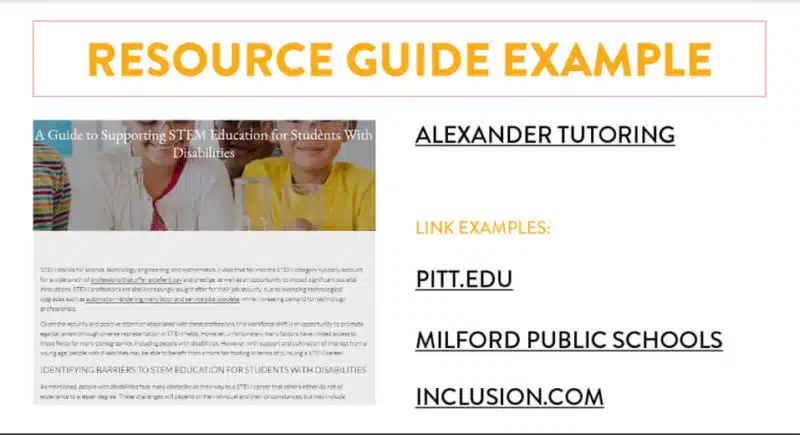How marketers can create linkable content to drive more site traffic
Good content is foundational for link building. At SMX Next, Michael Johnson shared how SEOs can create content people want to link to.
When most SEOs think of link building, the thought of procuring high-authority backlinks often comes to mind. But, as Michael Johnson, partnerships development manager at Page One Power, argued in his session at SMX Next, creating quality content should be the priority in any link-building effort.
“One of the things that I’ve noticed is that a lot of people think their link-building campaigns are failing because of their outreach — in reality, it’s because of their content that they’re not able to earn backlinks.”
“If you want to be good at link building, you need to think about the people that you’re reaching out to,” he added. “Think about audiences and think about the value that you can provide to them.”
Creating linkable assets means marketers should know what topics and content formats are relevant to their audience. As Google’s John Mueller said in an SEO office-hours hangout, “We try to understand what is relevant for a website … the total number of links doesn’t matter at all.”
RELATED: Is link building dead? Depends on who you talk to
Effective linkable content types
“One of the main purposes of linkable content is to expand your audience,” said Johnson. “It’s not about doubling down on the core audience that you’re already in touch with — it’s about connecting your brand with new, relevant audiences on the web.”
Relevant content needs to be formatted in appealing ways to draw in a wider audience. This can make it easier for readers to see its value and search engines to analyze its information.
There are two particularly effective content types that encourage linking, Johnson says — informational/education articles and resource guides.
Educational articles are designed to give readers the information they need in a straightforward way. These pieces often use “How-to” or “FAQ” structures to make the content as easy to read as possible. Also, they’re particularly useful in that they work for practically any vertical.
Johnson recommends marketers “think about the piece and how it connects your website with relevant audiences and topics that are being discussed.” When housed on third-party sites, that audience reach is expanded even further.

Resource guide content has the potential to perform well by hosting it on your own site. Since it’s a long-form piece of content, marketers who take the time to flesh out specific, relevant details on their given topic will have an easier time gaining backlinks.
To that end, Johnson shared a resource guide his content team put together for a client that supported STEM education for students with disabilities. The article’s structure and highly relevant content helped them generate promising results: “So with this piece of information, not only are we able to help an audience that can use the help and give them valuable information, but we’re also connecting our site with a lot of great resource pages on the web,” he added. “We were able to earn some amazing .edu links, like one that we got from pitt.edu, but also links from public schools websites.”

Not all relevant linking properties have a high domain authority (or DA, which is not a Google ranking factor) so Johnson suggests SEOs avoid getting caught up in it. Focusing too much on high authority sites may cause you to miss relevant, low authority assets, so craft resource-type content with them in mind.
How building linkable content grows traffic
“The point of linkable content is to connect you with relevant sites across the web to expand your audience, so it needs to be a useful, valuable asset,” Johnson said.
Generating content that’s relevant and applicable to readers makes those pieces that much more linkable. The most important factor determining your content’s linkability is how well it connects with your audience — everything else is secondary.
Johnson highlighted how creating this type of content could make a huge impact on your target audience: “We’re solving problems and we’re helping business owners. This [content] is something that people are passionate about, that they care about.”
“If your content can solve problems for people, that’s going to make them want to link to it,” he added.
Watch the full SMX Next presentation here (registration required).
Contributing authors are invited to create content for Search Engine Land and are chosen for their expertise and contribution to the search community. Our contributors work under the oversight of the editorial staff and contributions are checked for quality and relevance to our readers. The opinions they express are their own.
Related stories